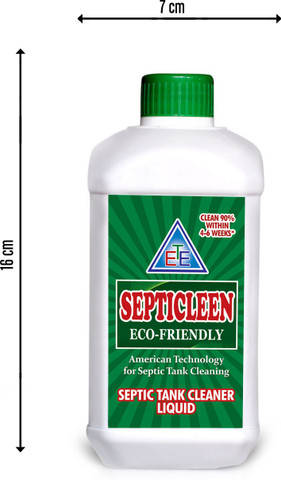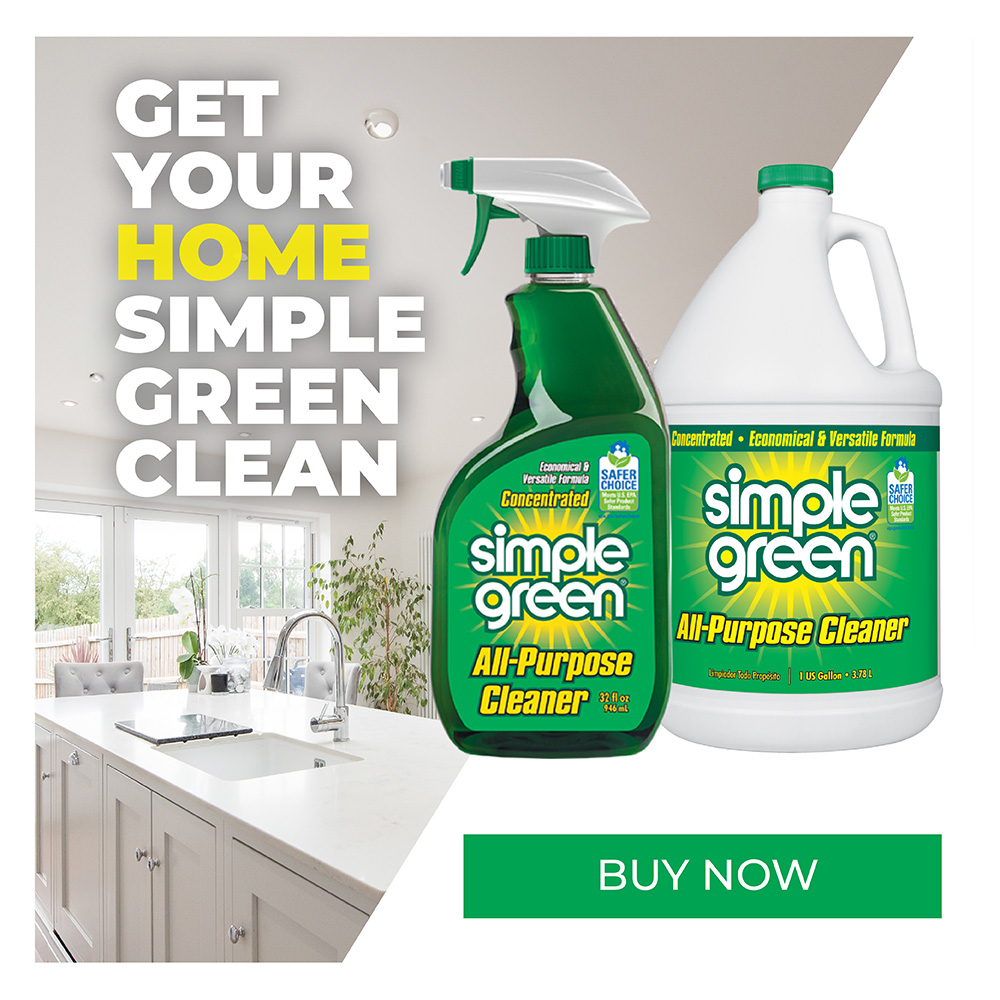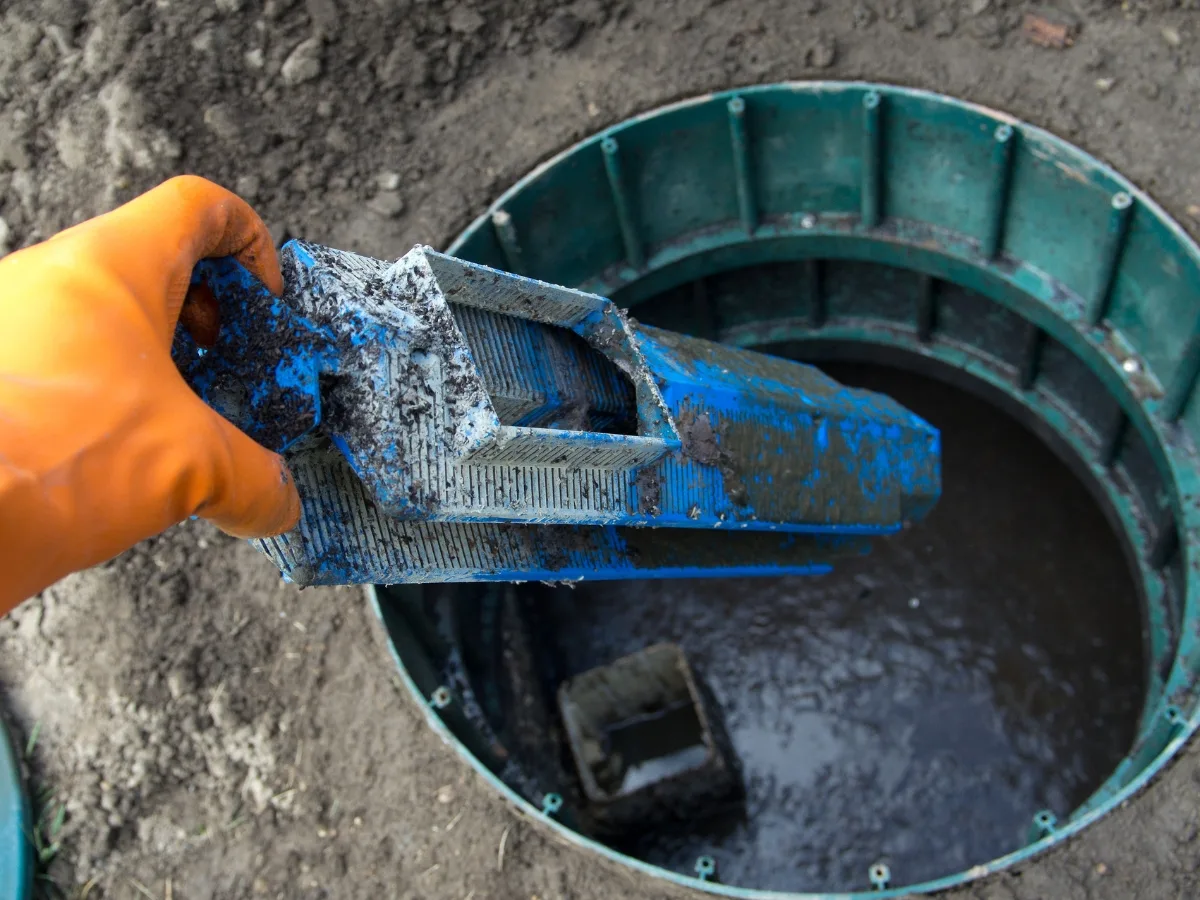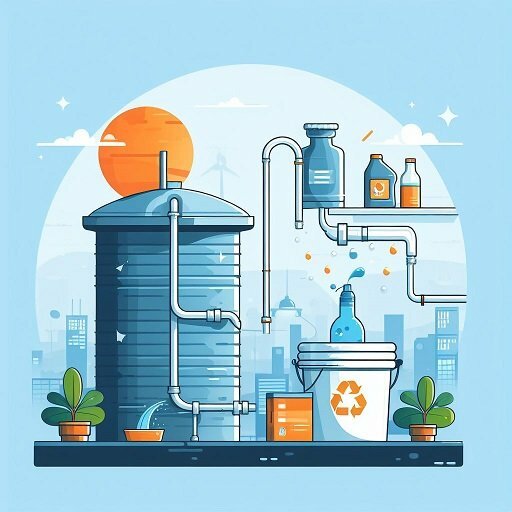DIY Eco-Friendly Cleaning Products for Tanks

Maintaining clean tanks, whether for aquariums, water storage, or industrial use, is essential for health, safety, and efficiency. However, many commercial cleaning products contain harsh chemicals that can harm the environment and the tank’s contents. This article explores how to create effective, eco-friendly cleaning solutions at home using natural ingredients.
Why Choose Eco-Friendly Cleaning Products?

- Environmental Impact: Traditional cleaners often contain toxic substances that pollute water and soil.
- Health Benefits: Natural ingredients reduce exposure to harmful chemicals for both humans and aquatic life.
- Cost-Effectiveness: DIY solutions are often cheaper than commercial products.
- Safety: Eco-friendly products are less likely to cause damage to tank materials.
Common Natural Ingredients for Tank Cleaning

| Ingredient | Properties | Uses in Tank Cleaning |
|---|---|---|
| White Vinegar | Antibacterial, descaling agent | Removes mineral deposits and algae |
| Baking Soda | Mild abrasive, deodorizer | Scrubs surfaces without scratching |
| Lemon Juice | Natural acid, antibacterial | Breaks down grime and leaves a fresh scent |
| Castile Soap | Plant-based surfactant | Cleans without harmful residues |
| Hydrogen Peroxide | Disinfectant, oxidizer | Kills bacteria and algae |
How to Make DIY Eco-Friendly Cleaning Solutions
Basic Vinegar Solution
- Mix equal parts white vinegar and water.
- Use for wiping down tank surfaces and removing hard water stains.
Baking Soda Paste
- Combine baking soda with a small amount of water to form a paste.
- Apply to stubborn spots and scrub gently.
Citrus Cleaner
- Mix lemon juice with water and a few drops of Castile soap.
- Effective for general cleaning and deodorizing.
Disinfecting Spray
- Dilute hydrogen peroxide with water (3:1 ratio).
- Spray on surfaces and let sit for 10 minutes before rinsing.
Tips for Safe and Effective Tank Cleaning
- Always rinse tanks thoroughly after cleaning to remove any residue.
- Avoid using harsh chemicals that can leach into the tank contents.
- Test cleaning solutions on a small area first.
- Regular cleaning prevents buildup and reduces the need for strong cleaners.
Frequently Asked Questions (FAQ)
Q1: Can I use these DIY cleaners for all types of tanks?
A: Most natural cleaners are safe for glass, plastic, and metal tanks, but always check compatibility.
Q2: How often should I clean my tank?
A: Cleaning frequency depends on tank use, but a general guideline is every 2-4 weeks.
Q3: Are eco-friendly cleaners as effective as commercial products?
A: Yes, when used correctly, natural cleaners can be just as effective without harmful side effects.
Q4: Can these products harm aquatic life?
A: When properly rinsed, these eco-friendly products are safe and non-toxic to aquatic organisms.
Conclusion
DIY eco-friendly cleaning products offer a sustainable, safe, and cost-effective way to maintain tanks. By using natural ingredients, you protect the environment and ensure the longevity and cleanliness of your tanks without compromising safety or effectiveness. Start experimenting with these recipes today and enjoy a cleaner, greener approach to tank maintenance!
